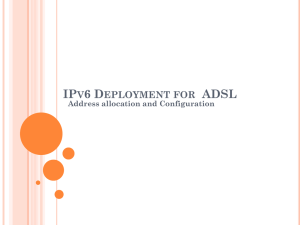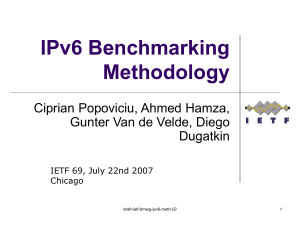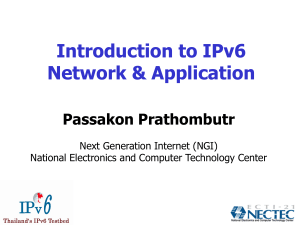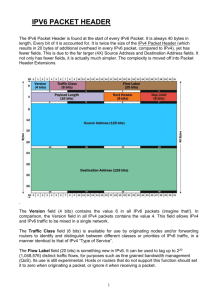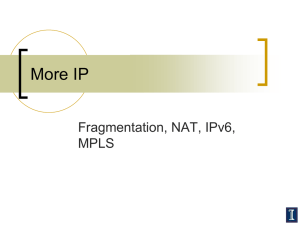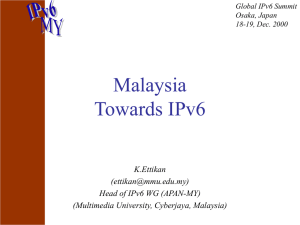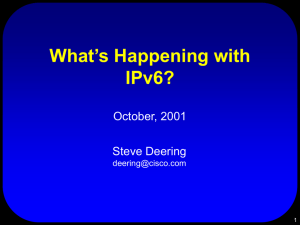Network forensics is the capture, recording, and analysis of network
advertisement
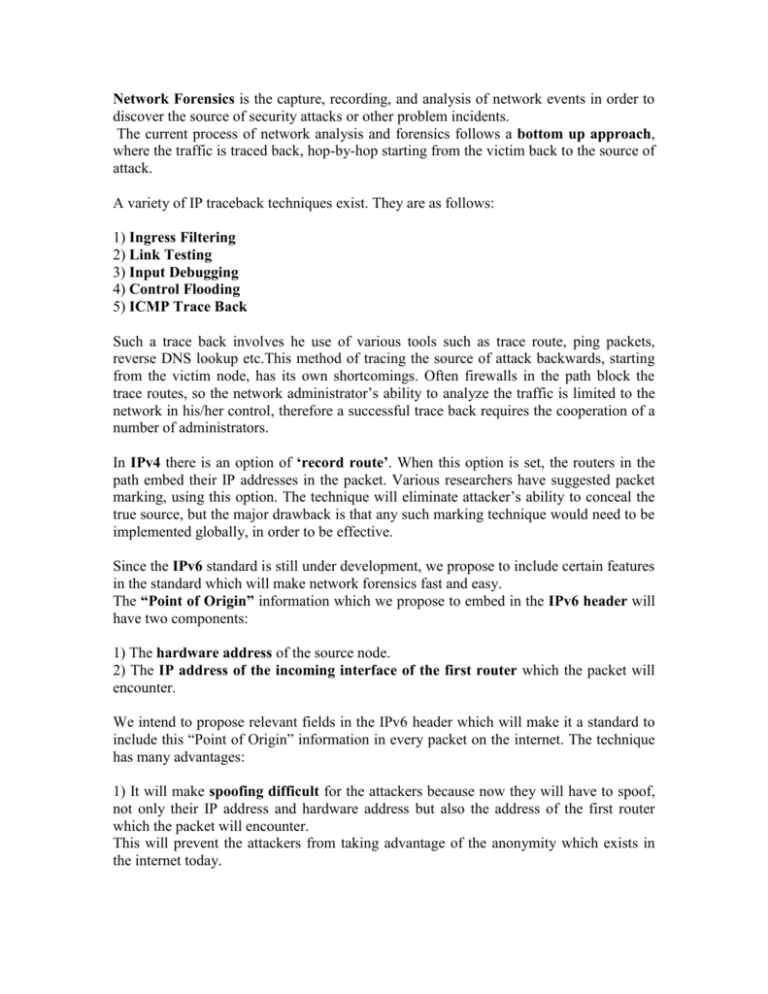
Network Forensics is the capture, recording, and analysis of network events in order to discover the source of security attacks or other problem incidents. The current process of network analysis and forensics follows a bottom up approach, where the traffic is traced back, hop-by-hop starting from the victim back to the source of attack. A variety of IP traceback techniques exist. They are as follows: 1) Ingress Filtering 2) Link Testing 3) Input Debugging 4) Control Flooding 5) ICMP Trace Back Such a trace back involves he use of various tools such as trace route, ping packets, reverse DNS lookup etc.This method of tracing the source of attack backwards, starting from the victim node, has its own shortcomings. Often firewalls in the path block the trace routes, so the network administrator’s ability to analyze the traffic is limited to the network in his/her control, therefore a successful trace back requires the cooperation of a number of administrators. In IPv4 there is an option of ‘record route’. When this option is set, the routers in the path embed their IP addresses in the packet. Various researchers have suggested packet marking, using this option. The technique will eliminate attacker’s ability to conceal the true source, but the major drawback is that any such marking technique would need to be implemented globally, in order to be effective. Since the IPv6 standard is still under development, we propose to include certain features in the standard which will make network forensics fast and easy. The “Point of Origin” information which we propose to embed in the IPv6 header will have two components: 1) The hardware address of the source node. 2) The IP address of the incoming interface of the first router which the packet will encounter. We intend to propose relevant fields in the IPv6 header which will make it a standard to include this “Point of Origin” information in every packet on the internet. The technique has many advantages: 1) It will make spoofing difficult for the attackers because now they will have to spoof, not only their IP address and hardware address but also the address of the first router which the packet will encounter. This will prevent the attackers from taking advantage of the anonymity which exists in the internet today. 2) It will be effective in cases where the attacker uses Zombies (or reflectors); these are the unsuspecting nodes, which are used as slaves to carry out a packet storm attack (like in distributed denial of service attack). In event of such an attack the “Point of Origin” field will be used to identify the zombies and the networks to which they belong. 3) It will prevent email spoofing, because the receiver of a suspicious email can check its “Point of Origin” using the proposed field in the IPv6 header. Similarly there are many advantages of this approach vis-à-vis, hop to hop trace back, we intend to explore and highlight these advantages during the course of project work. We also intend to analyze the shortcomings and drawbacks of such a scheme, and suggest an optimal network forensic technique for an Ipv6 packet, using the new “point of origin” information which we intend to embed in the Ipv6 standard. As far as the practical aspect of our study is considered we will attempt to simulate the IPv6 environment using standard network simulators. Once this is achieved we will compare the existing forensics techniques with our proposed solution. The study will have far reaching implications as IPv6 is still an evolving technology and hence open to changes. Our team has already registered with the Internet Engineering Task Force (IETF) working group for IPv6 development, and we are on the IETF mailing list. Once our study is completed, we intend to convey the results to all the members of the working group. We hope and we pray that suggestions will find a place in the final IPv6 standard.



